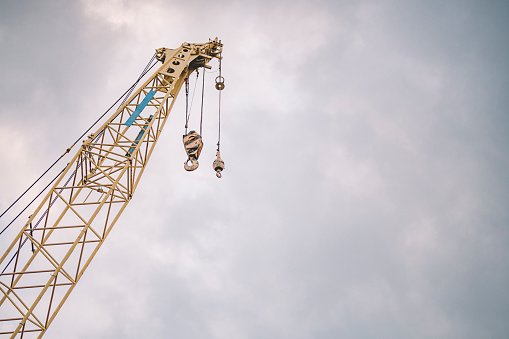China adopts a “two-cycle” strategic framework
November 8 According to a report from EFE News Agency on November 6, China is committed to creating a new framework that will serve as the basis of its economic strategy “double cycle”. The “double cycle” will divide China’s economy into two parts to protect its domestic market while continuing to benefit from international trade.
According to the report, the “dual cycle” will set guidelines for how the Chinese economy will interact with other countries in the next five-year plan (2021-2025). The Fifth Plenary Session of the 19th Central Committee of the Communist Party of China passed the proposal of formulating the “14th Five-Year Plan”.
The report also said that in recent years, Beijing has been advocating sustainable and green “high-quality” growth, while making scientific and technological innovation a new driving force for development.
The report pointed out that the “dual cycle” new economic strategy also highlights the commitment to self-sufficiency. This must be understood in the context of the trade war between China and the United States. The current US government is trying to cut off China’s access to key technologies and sanctions Huawei and other Chinese technology giants.
Esser Yin, an expert at the Beijing-based economic consulting firm Trivium China, told the EFE reporter that the “double cycle” aims to “ensure that China has sufficient autonomy in key technologies to To ensure that the country can withstand the impact of the interruption of foreign technology and parts supply, especially the United States.”
Esser Yin said that in addition to responding to the turbulent international environment, the “dual cycle” strategy also embodies “the leadership’s intention to boost economic growth.” The Chinese leadership hopes to use this to advance some existing reform measures, including improving the competitiveness of state-owned enterprises, providing more market incentives for technological research and development, and creating more efficient capital markets.
Some experts said: “The goal of the’double cycle’ is to increase the contribution of consumption to GDP growth and form an independent economic system that is controllable at the internal level.”
Experts also pointed out that building a “domestic market” will not only protect it from external influences, but also attract more foreign investment, because Beijing emphasizes that the “double cycle” is not closing the door to foreign countries, but maintaining foreign trade. A strategy that tilts toward domestic demand while being important.
In addition, the Russian “Independence” published a report entitled “Beijing Adopts the Policy of Expanding Domestic Demand and Self-reliance in Science and Technology” on November 6, stating that the Fifth Plenary Session of the 19th Central Committee of the Communist Party of China passed the formulation of the “14th Five-Year Plan”. Planning recommendations. According to this document, the “dual cycle” strategy is one of the principles that determine China’s next stage of development.
According to reports, in May this year, China first proposed a “dual cycle” strategy. The principle of “double cycle” takes the domestic cycle as the main body, and the international cycle will be supported by the domestic cycle. China will “give full play to my country’s ultra-large-scale market advantages and domestic demand potential, and build a new development pattern in which the domestic and international dual cycles promote each other.”
The report also said that the Chinese government emphasized that relying on domestic demand does not mean giving up exports. The key is that China intends to promote technological innovation within the framework of the “dual cycle” strategy. In other words, China not only intends to get rid of the image of a high-tech importing country, but also wants to become a high-tech product supplier.
The report pointed out that as Chinese companies, including Huawei, encounter more and more restrictions in overseas markets, the need for relevant decisions is growing. The Wall Street Journal concluded: “The purpose of adopting a new model of economic development is to significantly reduce China’s dependence on foreign companies, technology, and the market.”
The former deputy governor of the Central Bank of Russia, Sergey Aleksashenko, believes that China’s announcement of the transition to the “dual cycle” is actually an announcement that China is ready for the science and technology competition.



